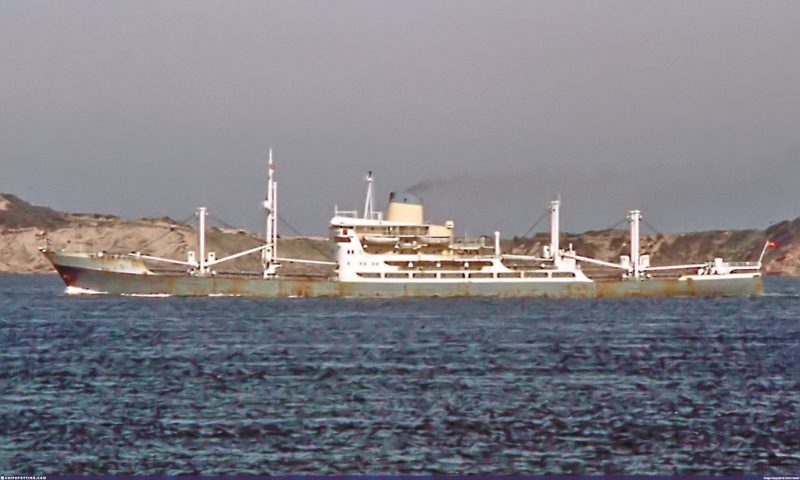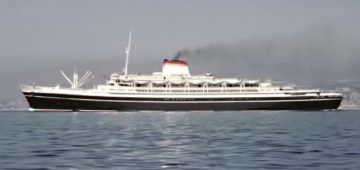
Man Overboard on Tri-Ellis
All ships must conduct a lifeboat muster and drill at prescribed intervals. On this particular day the muster and drill were scheduled to commence at 4 pm. The start of the exercise was to be announced by the ship sounding the Emergency Signal on the whistle and internal bells. At about 3pm we were all sitting in the mess room just starting our afternoon coffee break when the emergency signal was sounded. Not sure if this was a mistake as it was one hour early, we responded to it as if it was an actual emergency which as it turned out it was. On arrival at my allocated lifeboat we (the lifeboat crew) were told to quickly launch the boat, board it and lower it as one of the crew had fallen over the side. We carried out the order and headed off in the direction being indicated to us from the ships bridge as the ship was now stopped, and we were too low in the water in the lifeboat to see a small bobbing head. While we were doing this a group of passengers mostly family members of public servants who worked on Nauru gathered on the upper deck watching the drama. I was later told that one of the passengers asked one of the stewards why there was someone in the ocean, to which the steward replied tongue in cheek, “we always throw someone overboard just before a boat drill” and the passenger believed him, passing the word on to the others. We quickly recovered the crew person and returned to the ship where the lifeboat was retrieved, and the crew person taken to the ship’s hospital for observation. By now it was 4 pm and we thought that what we had just done would satisfy the drill, but this wasn’t the case. An ‘actual’ scheduled regulatory drill still had to be carried out to meet legislative requirements. The rescued crew person seemed okay when we had him back onboard but hitting the water, having fallen from the equivalent height of a two-story building, would have been like hitting cement and for the next few days he was seriously unwell, badly bruised and in pain.

JOHN OXLEY
After paying off the Tri-Ellis in Melbourne and arriving back in Brisbane I worked on the Brisbane River on a variety of tugs, barges, dredges and in particular the pilot vessel and buoy tender the SS John Oxley.
The main function of this vessel was servicing the navigation buoys and lights in Moreton Bay. Its secondary function was as a relief pilot vessel in the port of Brisbane when the regular pilot vessel, Matthew Flinders was unavailable because of maintenance, provisioning, crew leave or bunkering. I was onboard when it was acting as the pilot vessel. We would take up station off Caloundra or in the lee of Cape Moreton. If it were too rough to stay in a fixed position, we would steam around waiting for a call. The pilot transfer was conducted using a wooden, clinker-built, whale boat.

Subscribe today to read the full article!
Simply click below to subscribe and not only read the full article instantly, but gain unparalleled access to the specialist magazine for shipping enthusiasts.




Comments
Sorry, comments are closed for this item